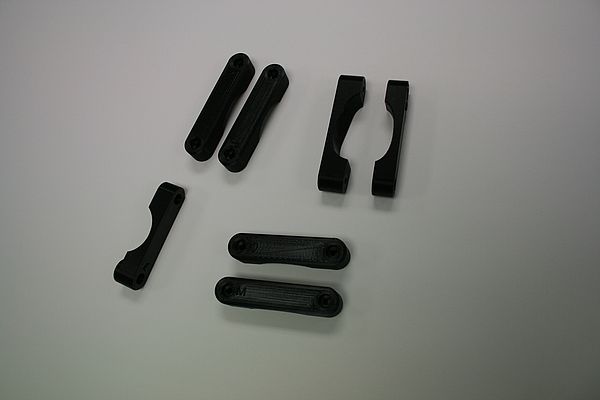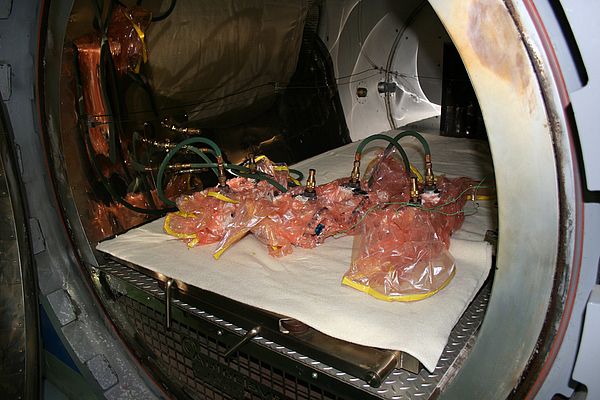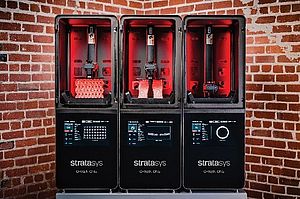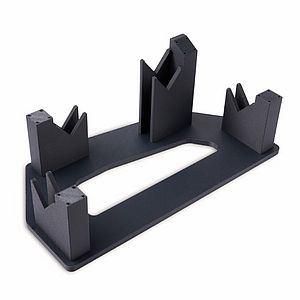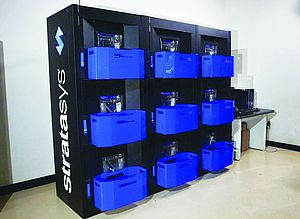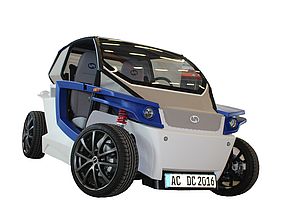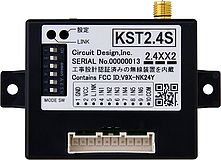Providing high-performance composite components for precision applications is the continuing challenge for GTR. The company uses 3D Printers from Stratasys to prepare models and fixtures in the production of complex carbon fiber parts for use in supercars. Greater control of production and a safer way of making parts with soluble cores are among the benefits of using 3D printing technology.
Benefits/Value:
- For the production of prototype models, bringing Stratasys FDM 3D printing solutions in-house has saved the company days, even weeks- depending on the complexity of a project - compared to outsourcingparts
- The ability to 3D print soluble cores with the required finish to enable formation of complex carbon fiber parts
- Shift to new, safer production method than the previously used hot melt process
- Greater control over model and tool production, and quality, by bringing production in-house
- Line-up of Stratasys Fortus Production 3D Printers gives greater flexibility,faster reaction times, and ability to cost-effectively produce customizedlow volume composites on-demand
GTR (Global Technologies Racing) is dedicated to the design, manufacture and delivery of composite parts for the world’s most demanding engineering industries, including motor racing, sports cars and supercars, aerospace and defense.
“At present, the majority of our business is from motor racing, high-end sports and super-cars,” explains Simon Kingdon-Butcher, co-founder and director of GTR. “Eliminating weight is the prime aim when developing race cars and every part comes under scrutiny. Composite materials, like carbon fiber, reduce weight and add strength, however manufacturing parts using composites is not without its challenges.”
GTR was established in 2003 with long-time business partner John Biddlecombe; both had worked on the technical development side of motor sports for many years. The West Sussex-based company employs up to 160 people at two sites during the busy season, which typically runs from October to May.
“Our goal was to become one of the leading suppliers of composite parts, and to do that, it was imperative we be at the forefront of technology, as well as ensuring we provide quality assurance and on-time delivery,” says Kingdon-Butcher.
Finding new ways of manufacturing
Among the factors that make GTR’s work challenging are that parts are needed sometimes in very small quantities, and each must be handmade and finished. “Production numbers can run from one-offs for wind tunnel testing, to 6–12 parts for an individual racing car, to several hundred for production super-cars,” explains Kingdon-Butcher. “Traditionally we had been outsourcing 3D printed prototypes for wind tunnel testing; however, as we recognized the benefits and additional uses that were possible, we decided to invest in our own 3D printer. Being able to address all our production needs in-house gives us greater flexibility and faster reaction times, as well as the ability to cost-effectively produce customized low volume composites on-demand.”
GTR first installed a Stratasys Fortus 250m 3D Printer. Using advanced FDM technology and ABSplus material, the 3D printer has a build envelope of 12 x 10 x 10 inches (305 x 254 x 254mm). “We felt this table-top model would be a good entry-level 3D printer for us and that we could learn its capabilities, explore what it could do for us, and see how it would integrate into our working methods,” continues Kingdon-Butcher. “We’re a relatively conservative company, but we’re always prepared to extend into other techniques to help customers, and we felt that bringing advanced FDM 3D printing technology in-house would be a significant benefit to them.”
The risk paid off and the Fortus 250mc was soon joined by a Fortus 400mc 3D Printer, later followed by the newly launched Fortus 380mc, both being supplied by Gold UK reseller, Stanford Marsh Group. This platform has a range of new features, including even temperature distribution in the build chamber and a digital touch screen. On average, the Fortus 380mc 3D Printer can build parts up to 20 percent faster than its predecessors. “For the production of prototype models that used to be outsourced, bringing Stratasys FDM 3D Printing Solutions in-house has saved us days, possibly weeks depending on the complexity of a project and enabled us to incorporate additional design iterations in the recovered time,” states Kingdon-Butcher.
Manufacturing carbon fiber parts with 3D printed soluble cores
“In addition to speeding up prototype production, our 3D Printers have given us a whole new method of manufacturing,” says Kingdon-Butcher. “Among the components we make are parts with complex profiles that have channels for fluids or gases. It’s important that those parts have a good internal finish that does not impede the flow. We used to achieve this by making forms with metallic cores. After curing the carbon fiber in the autoclave, the parts would be reheated to melt out the metal core.”
“However this was time consuming and working with molten metal is a dangerous process,” he adds. “Using our Fortus Production 3D Printers, we are now able to 3D print the form from the soluble support material, using the ABSplus Black print material to support it. This is the reverse of how 3D printing is usually used, but the support material contrasts in color with the carbon fiber, helping clarity at various stages of the laying up/washing out. The soluble 3D printed core is simply washed out having formed a clear channel with a good finish for unimpeded flow. It really has changed the way we make some of our carbon components.”
The GTR team’s experience with composites and component manufacture has enabled it to develop the use of 3D printing for models, forms, and jigs and fixtures for improving production efficiency. This knowledge and experience is also being used for part development for racing yachts, and aerospace and defense applications. “These are industries we are serving, but we’ve all been with motor sports for so long, it’s what occupies our minds,” says Kingdon-Butcher. “My colleague John and I did work in the aircraft industry and still have a fascination with it - and the potential to use our 3D printing technology there is enormous.”
“Stratasys has been a great partner for GTR. Our Fortus Production 3D Printers are reliable and the thin layers they put down are ideal for the quality and finishes we need. The support we have received from Stanford Marsh Group has also been first class, and when needed, their response has been very fast – and in our industry, it’s all about speed,” he concludes.



